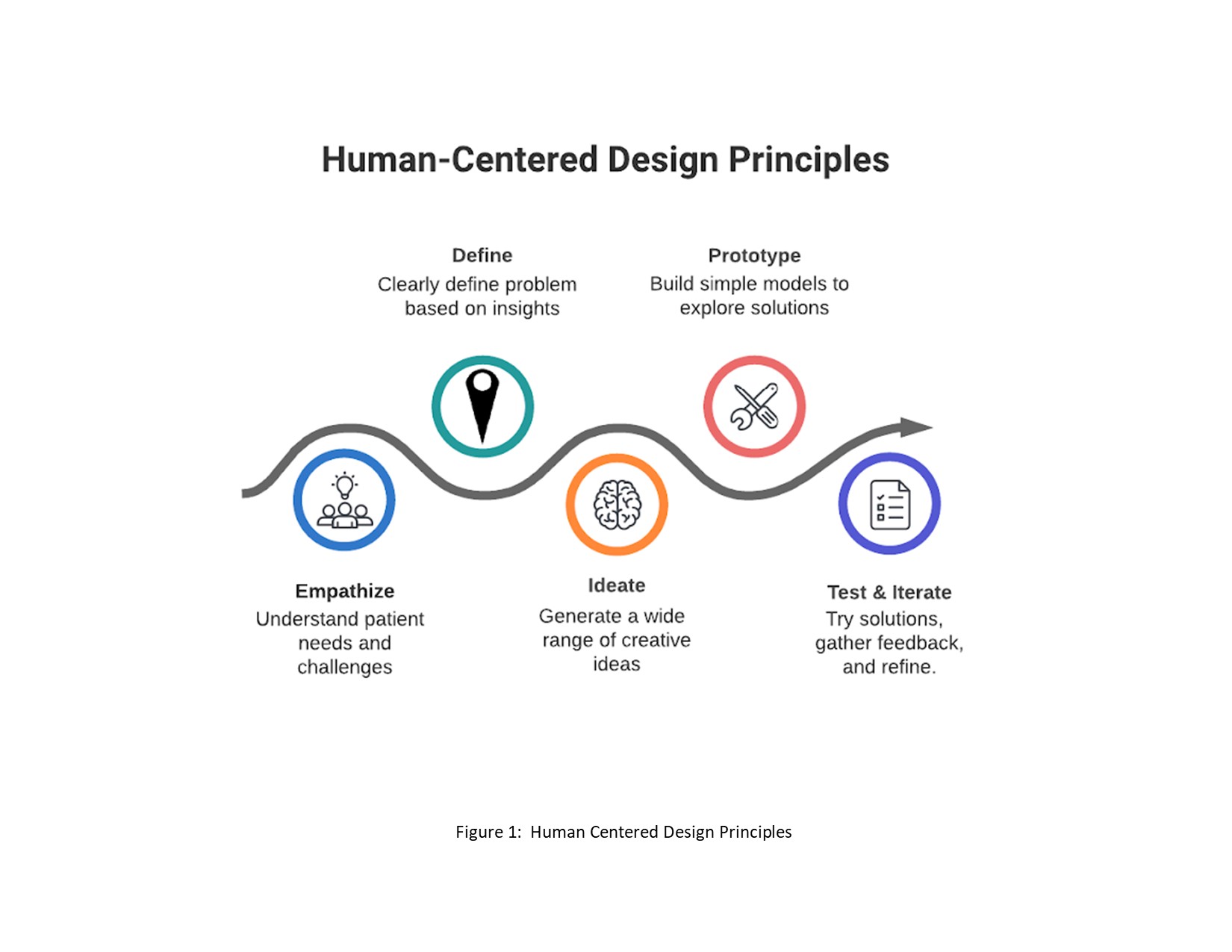Mental Health 1
Session: Mental Health 1
755 - Elevating Youth Voices: Addressing Rural Adolescent Mental Health Needs with Human-Centered Design
Saturday, April 26, 2025
2:30pm - 4:45pm HST
Publication Number: 755.4848
Matthew Goff, Geisel School of Medicine at Dartmouth, Lebanon, NH, United States; Julie Balaban, Dartmouth Health, Bethel, ME, United States; Charlotte E. Bausha, Dartmouth Hitchcock Medical Center, New Boston, NH, United States; karen Fortuna, Geisel School of Medicine at Dartmouth, Pembroke, NH, United States; Erin M. Knight, Dartmouth College, Lebanon, NH, United States; Catherine D. Shubkin, Geisel School of Medicine at Dartmouth, Lebanon, NH, United States

Catherine D. Shubkin, MD, FAAP, HEC-C (she/her/hers)
Associate Professor of Pediatrics
Geisel School of Medicine at Dartmouth
Lebanon, New Hampshire, United States
Presenting Author(s)
Background: Human Centered Design (HCD) methodology originated in business and engineering to put human interests at the center of engineering challenges. Principles of HCD have been applied to health care innovations, ensuring that solutions to complex issues remain patient-centered. HCD identifies the pain points in patient experiences and innovates through implementation of a rigorous design thinking process. HCD is a humanistic means of retiring conventional top/down solutions in medical problem-solving and elevating patient voices. Empiric evidence shows that HCD innovations are better aligned with patient needs, produce higher rates of patient engagement, and improve clinical outcomes.
Adolescent mental health (AMH) is widely recognized as a public health crisis. Adolescents in rural communities face additional, multifactorial inequities to accessing mental health support, complicating solutions for care.
Objective: We explored the application of HCD to better inform our understanding of rural AMH needs with the goal of developing interventions tailored to patients who do not have adequate access to resources.
We sought to understand how the utilization of HCD principles can lead to solutions that address the population’s unique challenges.
Design/Methods: We applied the 5 principles of design thinking (Figure 1). During the empathize phase, we conducted semi-structured interviews co-designed with community stakeholders, including youth, and synthesized interviews into primary themes to define the problem scope. Our ideation phase consisted of a stepwise approach to brainstorm interventions in response to distilled interview themes, followed by selection of a prototype intervention for iterative testing.
Results: Using HCD, we identified an unanticipated insight: the need for greater parental support for teens experiencing mental health challenges. Utilizing HCD allowed our team to identify gaps not previously well characterized within our community. Our initial plan was to pursue a digital app for teens, but by using HCD, we uncovered a gap for parent-focused needs, altering the trajectory of our prototype and pivoting to development of parental engagement tools.
Conclusion(s): Utilizing HCD in addressing rural AMH challenges offers a promising pathway for developing tailored interventions. By using HCD, we generated a novel and unanticipated innovation tailored to the community. HCD underscores the importance of collaboration and empathy in designing effective mental health interventions, paving the way for future research and application across healthcare settings.
Figure 1: Human Centered Design
 The 5 Principles of Human Centered Design
The 5 Principles of Human Centered Design
